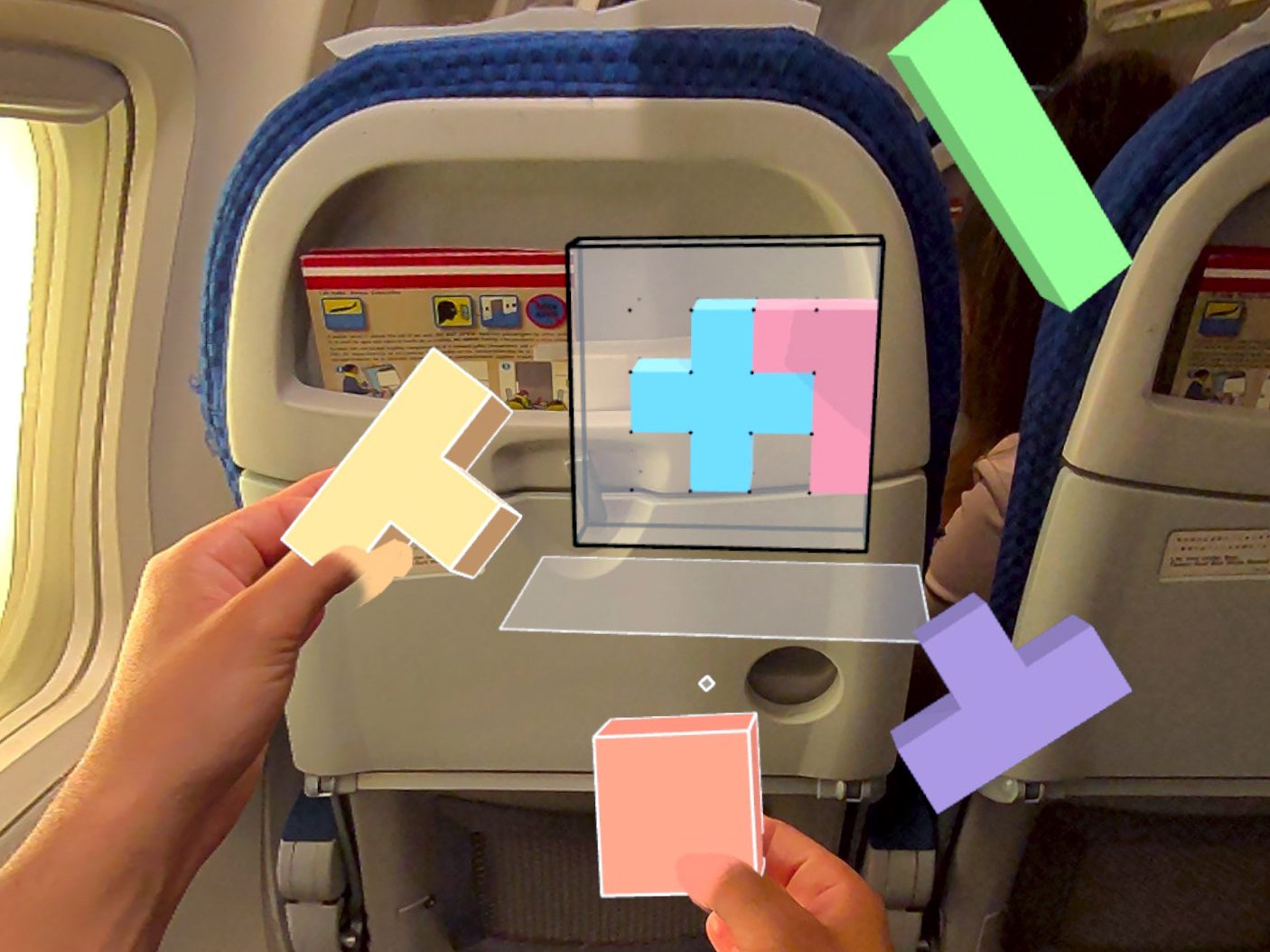Travel
Meta Quest headsets receive Travel Mode for long plane rides

Designed specifically for air travel, Travel Mode’s main function is to let you use your Quest headset mid-flight without it breaking everything. If you try to use VR headsets in moving vehicles it doesn’t seem to go too well. All the virtual objects can’t stay still and motion tracking completely fails.
The Apple Vision Pro introduced a Travel Mode. It adapted to a plane’s movement and was able to give you a smooth VR experience. Meta claims to have accomplished the same for Quest 3 and Quest 2. Furthermore, the company says its Travel Mode even works if you look out the window. Something the Vision Pro wasn’t capable of.

Not pictured are the other passengers with confused expressions. | Image credit — Meta
Meta says the current Travel Mode being rolled out is experimental and mostly designed for planes. The company says it’s working on expanding Travel Mode to other forms of transport in the future: like trains.
Travel Mode turns Quest into the ultimate in-flight entertainment device, so you can watch movies on a massive virtual screen, kick back with a game or meditation app, and even get some work done in private.
This partnership will bring Lufthansa Allegris Business Class Suite customers a selection of premium content including:
- An immersive cinema experience.
- Travel podcasts accompanied by spatial videos that bring them to life.
- Bird’s-eye view virtual sightseeing previews for travel destinations.
- VR and MR games.
- Calming experiences and meditation exercises.

The Quest 3 has come a long way in a very short time.
Travel Mode can be enabled by following these steps:
- Go into the Settings menu.
- Open the Experimental section.
- Opt into Travel Mode.
After opting in, Travel Mode can be toggled from the Quick Settings of your Quest headset.
Meta has been on a roll lately. First the company made Quest OS open-source, then it brought AI to smart glasses and now this. Quest OS, now called Horizon OS, being opened up to third parties also means exposure for the XR industry. Because now other manufacturers will be more incentivized to make their own XR headsets.
This also isn’t the first time Meta has introduced a feature to its Quest headsets that was first seen in the Vision Pro. The Quest v65 update brought with it the ability to upload and watch spatial videos recorded on iOS devices. Something Apple heavily markets for the Vision Pro.
If you don’t see an option for Travel Mode in your Quest headset, Meta advises giving it a restart. And if you own a Quest 3 or Quest 2 and have a long plane ride coming up, you now have something really cool to look forward to.








:max_bytes(150000):strip_icc()/mom-embraced-solo-travel-late-in-life-tout-826784213bfd4a988a7f807609690a03.jpg)

